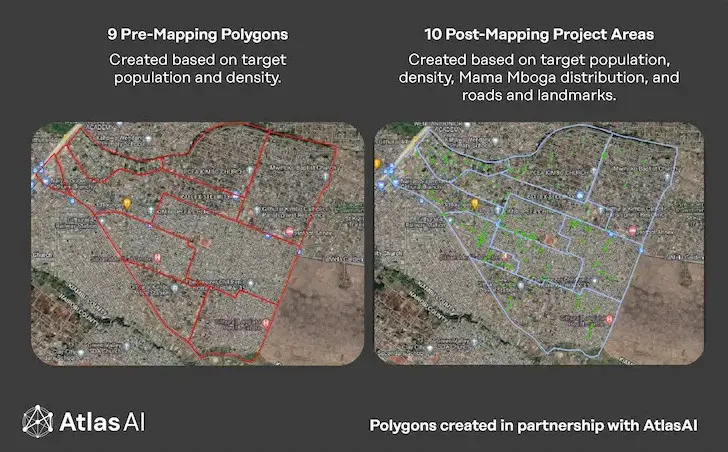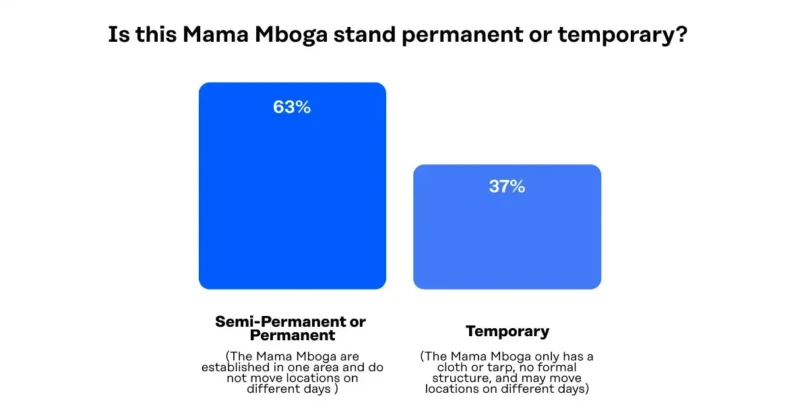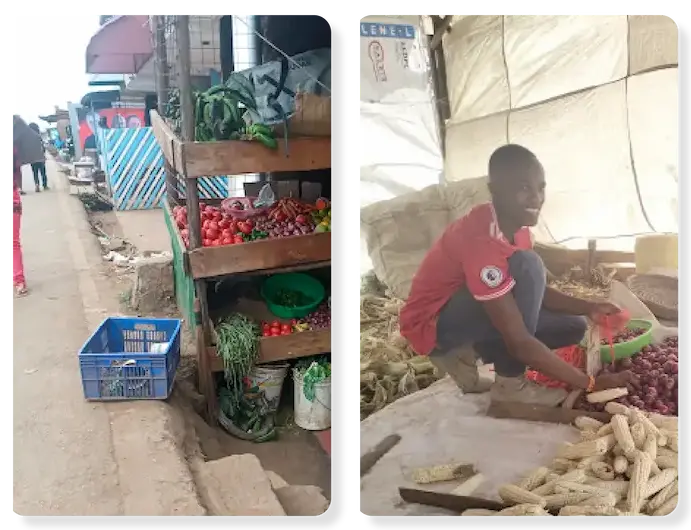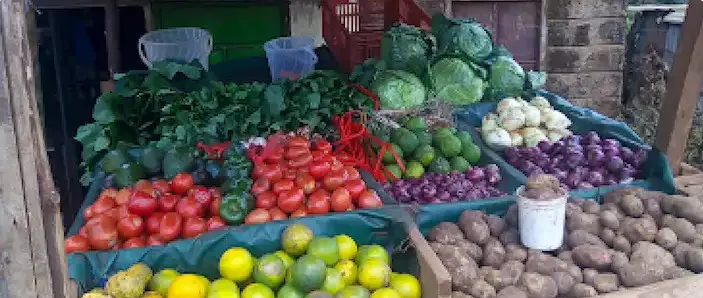Challenge
A global foundation dedicated to transforming food systems to deliver more nutritious food wanted to identify pockets of nutritional insecurity in urban environments in Kenya to plan interventions to increase fresh vegetable access. To establish the intervention’s target areas, the foundation needed to conduct formative research to understand fresh vegetable access in relation to population density. Furthermore, to incorporate vegetable sellers in the intervention, the foundation needed a database of vendor locations and characteristics. However, in many lower and middle-income countries like Kenya, most of the points of sale of vegetables are informal and undocumented.
Solution
To establish an effective, data-driven social and behavior change (SBC) campaign, the foundation first conducted a formative research survey using Premise. They validated where the Mama Mboga’s—women vegetable sellers—were located, utilizing Premise’s vast network of Contributors to survey five provinces of Kenya. With the help of tech partner AtlasAI, Premise broke down the areas of interest into polygons and created a barrier around the road networks within each, creating unique search zones to launch the survey. Premise tasked one Contributor to collect up to 20 observations for each unique search zone. They were asked to:
- Walk along the route and identify all Mama Mboga vegetable sellers.
- Take photos of the vegetables for sale.
- Take photos of the vegetable stands.
- Report if they considered the area safe.
Premise Contributors were also asked market assessment questions to create a clear understanding of the availability and quality of specific types of vegetables.
Findings
Premise created sixty-four unique polygons across the five urban centers and obtained 2,450 submissions and 6,523 observations through our platform, allowing our partner to validate the location of approximately 6,205 informal vegetable sellers.
We found that approximately 63% of Mama Mboga have semi-permanent or permanent locations, and 37% only have a cloth or tarp with no formal structure and may move locations on different days.
- 88% describe the area where Mama Mbogas stands as safe.
- 72% indicated that low-income households live near the Mama Mbogas.
Implications
Equipped with these observations from Premise, our partner was able to:
- Pinpoint the exact locations of Mama Mboga vegetable sellers to tailor training programs to improve their businesses, enhance food safety practices, and potentially increase income for these sellers.
- Identify areas lacking access to fresh vegetables—crucial information for understanding barriers to access and planning strategic interventions to increase vegetable availability in underserved communities.
- Optimize resource allocation by designing zones that have at least 10 Mama Mboga and 5,000 people.
- Understand the social and economic context of the areas where Mama Mboga operate by combining those locations with demographic and socio-economic data from Atlas AI, thereby answering the programmatic questions necessary to achieve quality SBC program design.
Conclusion
Understanding the factors influencing access to fresh vegetables allows our partner to craft targeted social and behavior change interventions, streamlining planning and resource allocation. By addressing key programmatic questions, informed decisions can be made to enhance food accessibility and nutrition in underserved areas.
Additionally, taking into account product availability, affordability, and quality enables tailored interventions for specific communities, ensuring efficient resource use and maximizing intervention impact, thereby driving effective and meaningful change.



